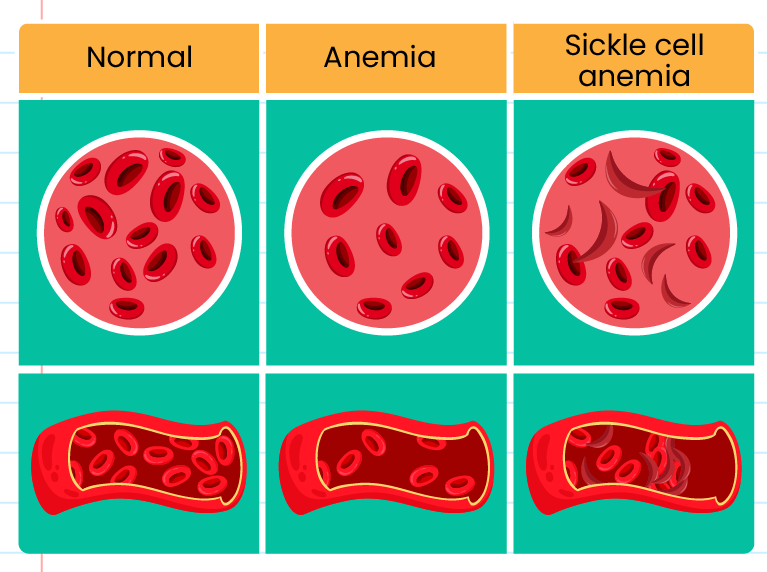| 2.4 |
The Adaptation In The Respiratory System |
| Definition |
|
The diversity of adaptations in the respiratory systems of animals differs from those of humans
|
The variety of adaptations in the respiratory system of animals:
| Animals, organ and features |
|
Fish
- Gills
Features:
- Consists of fine and numerous filaments or rapid gas permeation
- Filaments have many blood capillaries for effiecient gas exchange
|
|
Insects
- Trachea
Features:
- Consists of a branched tube system
- The tip of the tracheolus is thin-walled and moist for the gas to dissolve directly into the cell
- A large number of tracheols and a large surface area cause gas exchange by brief diffusion
|
|
Frogs/amphibians
- Outer skin and lungs
Features:
- The outer skin of amphibians is thin and permeable for easy and fast gas permeation
- Always moist because it is covered with mucus that dissolves respiratory gases
- Many blood capillaries transport respiratory gases to body cells
|
The adaptation of the human respiratory system in different situations:
-
The human respiratory system is able to adapt to the needs such as being at the top of a high mountain where the atmospheric pressure is low and difficulty breathing
-
Respiratory rates vary according to different situations such as on the ocean floor where high pressure and difficulty breathing requires an oxygen tank
-
Regular exercise can strengthen the heart and respiratory system to function efficiently such as running or swimming athletes who have an increased cellular respiration rate and heart rate
-
A healthy lifestyle such as not smoking is also important to keep the respiratory system functioning properly
The anemia and sickle cell anemia:


|
Patients with anemia
|
Patients with sickle cell anemia
|
|
- Suffering from iron mineral deficiency due to lack of haemoglobin
- Lack of oxygen is caused by a lack of haemoglobin
- Becomes pale, lacks energy, and faints easily
|
- Sickle-shaped blood cells
- The surface area is small and less than normal haemoglobin
- Lack of oxygen is transported to the body’s cells causing paleness and lack of energy
|